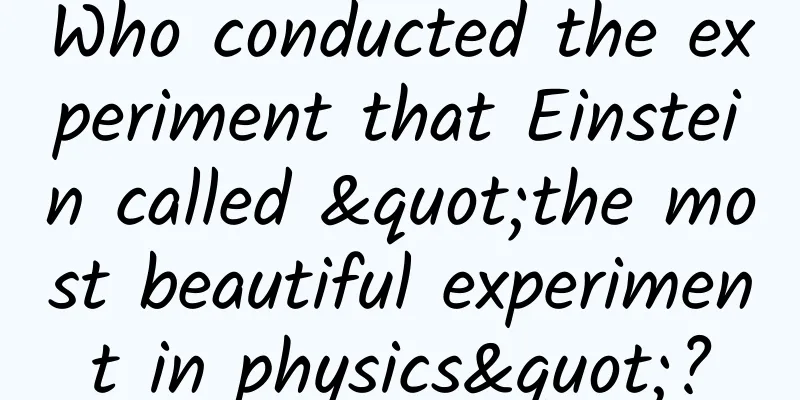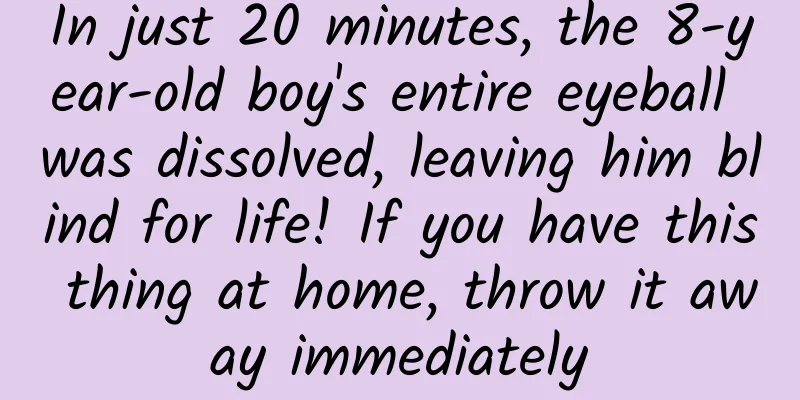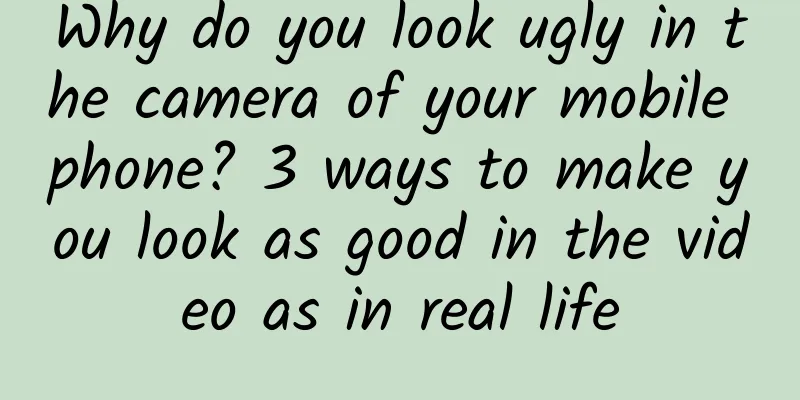Who conducted the experiment that Einstein called "the most beautiful experiment in physics"?

|
In 1895, Roentgen discovered X-rays, but what exactly are X-rays? A physicist believed that X-rays were electromagnetic waves. He imagined that as long as the wavelength of X-rays was close to the distance between atoms (ions) in the crystal, the interference of electromagnetic waves could be observed when the crystal was irradiated with X-rays. With his encouragement, two young people conducted this experiment and succeeded in 1912: X-rays interfered through the crystal and formed regular patterns on the film. This experiment, which explained the microscopic laws of crystals, was praised by Einstein as "the most beautiful experiment." And this physicist was Max von Laue. "Many people think that X-rays are particle streams, but I still think they are electromagnetic waves. It's just that no one has been able to prove it yet." In the summer of 1909, in a conference room at the School of Physics at the University of Munich in Germany, the young physics professor Max von Laue spoke excitedly. Several of those present were his colleagues, including Roentgen's student Knipping, Professor Sophie's assistant Friedrich, and Erval, a top physics student at the University of Munich. We get together often and are familiar with each other, so we speak more directly. University of Munich, Germany. Image source: Study Abroad Network As one of the most prestigious comprehensive universities in Europe and even the world, the University of Munich had two famous professors who were very popular in the early 20th century, one of whom was Laue. In addition to giving wonderful lectures, Laue also often invited his colleagues to participate in seminars, the topics of which were usually cutting-edge technologies and new scientific concepts of the time. Since 1908, the theme of the research led by Laue has been: the exploration of the nature of X-rays. In 1895, physicist Roentgen discovered X-rays by accident and won the first Nobel Prize in Physics. Since then, the discussion about its essential issues has been very hot and is tending to intensify. This is the scene where Laue spoke at the discussion meeting. Peers discuss new radiation Laue had a heated discussion with Evar, Knipping and others, but no one could convince the other. "Is it possible to use X-rays to irradiate solids and make a judgment based on the irradiation conditions?" Eval suddenly made a suggestion. "We should use X-rays to illuminate the crystals to see if interference occurs. This is because the internal structure and movement of solids are too complicated, while the internal structure of crystals is simple and has certain rules." Laue also got an idea, "If interference occurs, then X-rays are electromagnetic waves." Schematic diagram of the diffraction phenomenon of waves, source: New Physics Network What Laue said makes sense. Waves have the properties of refraction, interference, and diffraction. If X-rays can also refract and interfere like light, then they must be electromagnetic waves. The problem was that the wavelength of X-rays was very short and the refractive index was very small. With the technology at the time, scientists could not observe its refraction at all. Laue could only prove whether it was an electromagnetic wave by observing the interference or diffraction of X-rays. After all, Laue had been studying X-rays for some years, and he hit the nail on the head. But he also knew that to prove this point, he had to plan a precise experiment. His friend Einstein also told him the same thing. The most beautiful new experimental discovery Good things come to those who wait. Just when Laue was about to find colleagues such as Ewald to conduct experiments, he received a notice to visit prestigious universities such as the University of Frankfurt in France, and this delay lasted for three years. In the spring of 1912, as soon as he returned to the University of Munich, he found Erwald and Friedrich and began to conduct experiments to explore the nature of X-rays. He asked Evar to make a set of equipment, including a continuous X-ray light source, photographic film, and regular square chips, the size of which was only half the size of the photographic film. During the experiment, he first asked Friedrich to block natural light, then placed the X-ray light source and the photographic film flat on the table, about one meter apart, and finally placed the square chip right in the middle of the light source and the film. They observed that the photographic film had regularly arranged groups of spots, which were obviously produced by X-rays penetrating the square wafer. The results of the X-ray crystal diffraction experiment presented by Laue, Image source: Physics Bimonthly Network "This should be a diffraction phenomenon," said Erval. "The diffraction phenomenon shows that X-rays have the properties of electromagnetic waves." "That makes sense. But we still need to try a few more chips, at least ten, to prevent people from saying it's a coincidence," Laue emphasized. Next, they changed the wafers made of different materials in the experiment, and the film showed spots. In other words, diffraction occurred when the X-rays penetrated the wafer. Diffraction refers to the fact that if a wave encounters an object with a smaller wavelength during propagation, the wave can bypass it and continue to propagate. Sound waves are the best example. Soon, Laue published a paper on X-rays. In the paper, he started with the diffraction theory of light, used geometric methods to explain the diffraction theory of X-rays in crystals, and finally concluded that X-rays are a kind of electromagnetic waves that will have important uses in the future. He also pointed out in the article that the diffraction patterns produced by different crystals when exposed to X-ray radiation can also reflect the atomic distribution pattern inside the crystal. This is the basic principle of X-ray diffraction. Laue's experimental principle, image source: New Physics Network After reading his best friend's paper, Einstein exclaimed that this experiment that revealed the microscopic laws of crystals was "the most beautiful experiment in physics." Laue also won the 1914 Nobel Prize in Physics for this. The X-ray diffraction theory discovered by Laue was later applied to the study of the crystal structure of metals and alloys, and led to many new discoveries of great significance. The discovery of X-ray diffraction promoted the development of X-ray analysis. With the innovation of technology, it was combined with computer technology to speed up the analysis speed and accuracy of crystal research. Scientists have therefore invented an X-ray diffractometer specifically for studying the atomic structure of minerals and for photographing rocks deep within the Earth. It can be said that it is precisely because of the X-ray diffraction theory that we can take an accurate "chest X-ray" of the earth. On the other hand, Laue proved from theory to experiment that X-rays have the characteristics of electromagnetic waves and will diffract when they meet crystals. This theory effectively promoted the development of solid-state physics and was a milestone discovery in solid-state physics. Scientific role models praised After winning the Nobel Prize for his discovery of crystal diffraction of X-rays, Laue went on to teach at universities such as the University of Zurich, the University of Frankfurt, and the Humboldt University, where he was well received by teachers and students. In 1919, he returned to Germany to serve as a professor of physics at the University of Berlin. He has lived in Germany ever since, and was elected president of the German Physical Society, becoming one of the authorities in the German physics community. Laue's official Nobel photo, from the Physics Bimonthly website The upright Laue offended the Nazis and was restricted for a time, but he tried his best to save his colleagues many times, safeguard the dignity of science, and won the respect of the industry. At the International Crystallization Conference hosted by the Royal Society of London in 1946, scientists from various countries praised him as "a respectable person" and "a role model for scientists." In 1957, the French government awarded Laue the Legion of Honor in recognition of his defense of the dignity and freedom of scientists. There is an interesting story about Laue and the Nobel Prize in Physics. In 1940, Germany occupied Denmark, and the Nazi government sent troops to search the laboratory of scientist Bohr. Bohr attached great importance to the Nobel Prize medal entrusted by Laue. With the help of chemist Hersey, he dissolved the pure gold Nobel Prize medal in aqua regia (a mixture of hydrochloric acid and nitric acid), thus saving the medal from disaster. Nine years later, the city of Chicago held a Nobel Medal Return Ceremony, and the mayor handed the recast medal back to Laue, which became a good story in the history of the Nobel Prize. Germany issued a stamp to commemorate the centenary of Laue. Image source: Physics Bimonthly Network END Tadpole Musical Notation original article/reprint please indicate the source Editor/Akua |
<<: Urgent reminder! The venom is as strong as sulfuric acid, don't take pictures!
>>: There was a tornado last night, and the trees were uprooted! How to escape in a tornado?
Recommend
Parasites can control their hosts. Can humans also be controlled by parasites?
Parasites are life forms that live in or on other...
3-step analysis | The user growth system behind Xiaohongshu’s massive content
High-quality product content is inseparable from ...
Electric Motorcycle News: Honda Vezel dominates the small SUV market, and Dongfeng Kicks emerges to change the situation
In recent years, the competition in the joint ven...
How to choose a download website server?
Download websites mainly provide users with downl...
Can I grow mushrooms at home? Yes, but eating them might land me in the hospital
Produced by: Science Popularization China Author:...
A deer with plum blossoms on its face may not necessarily be a sika deer
When we talk about "biological invasion"...
Brand Marketing: Analyzing the marketing failures of Durex and KFC!
If you are good at marketing, you will have a gre...
Allergies are prevalent in autumn, what should we do?
《Cotton Swab Medical Science Popularization》 Wei ...
Android immersive status bar and suspension effect
[[177375]] 1. Overview Now, the detail pages of m...
The most comprehensive analysis of the top 10 short video platforms including Bilibili and Tik Tok!
With the development of the network environment a...
How many border points are there in China? Check in during the holidays and travel in a new fashion →
China has a vast territory with different conditi...
How to increase followers through Luckin Coffee’s coupon event!
Will Luckin Coffee become the next ofo? Luckin Co...
How to make a good APP online activity promotion plan?
Everything needs a plan, and APP operation and pr...
User growth analysis: How to segment users?
Introduction: In the growth analysis of a product...
Mom and Dad, don’t be stingy with money, just eat these 4 snacks!
Nowadays, young people are very happy to buy snac...









